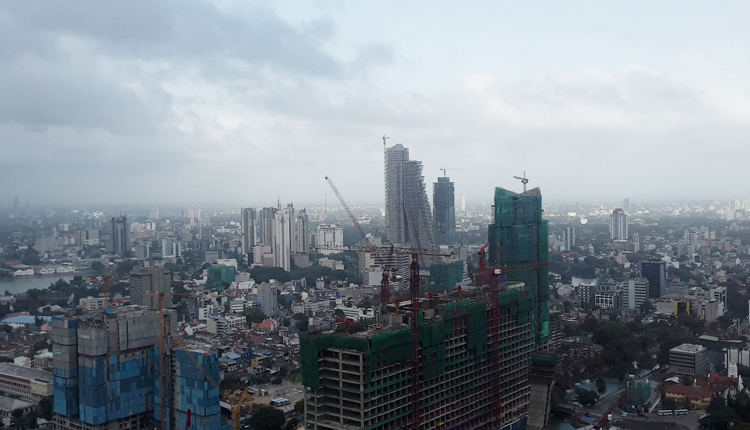January, 3, 2019

Presenting the vision for the months ahead through ‘Road Map 2019 - Monetary and Financial Sector Policies for 2019 and Beyond’ Sri Lanka’s financial market regulator Central Bank said that industrial activities slowed in 2018 mainly due to the slowdown in the construction sector.
On the other hand analysts points out that Post-war Sri Lanka had witnessed a huge industrial activity growth after May 2009 to January 2015 with then government stepping in to a huge Mega-Infrastructure development drive fuelled with foreign and domestic lending that created a job market and a demand for constructions sector jobs, with influx of Chinese construction and infrastructure development companies and over 100,000 Chinese temporary migrated workers apart from enabling local construction sector companies to diversify into hotel sector, healthcare sector, real estate sector and education sector partnering with Chinese, Japanese, Indian and perhaps even American giants such as Brand - Hilton across the island nation.
Meanwhile presenting ‘Road Map 2019’ CBSL said that the Sri Lankan economy faced heightened challenges in 2018, emanating mainly from the global economic, financial and geo-political developments that adversely affected the external sector. There were also several domestic challenges. Political uncertainties, especially during the last quarter of the year, amplified challenges to overall macroeconomic stability. Sub-par economic growth continued in 2018 following subdued growth in 2017.
“Favourable weather conditions supported a rebound in the agriculture sector while the expansion in services activities has been broad-based” CBSL said adding however, Consumer price inflation remained low in 2018 in spite of temporary ups and downs due to volatile food prices and administrative price adjustments.
In response to the tight monetary policy stance pursued by the Central Bank in the past two years, monetary and credit growth decelerated in 2018 from the higher levels observed in 2016 and 2017. An adequate expansion in domestic credit flows driven by demand from the private sector was witnessed during the year.
Video Story